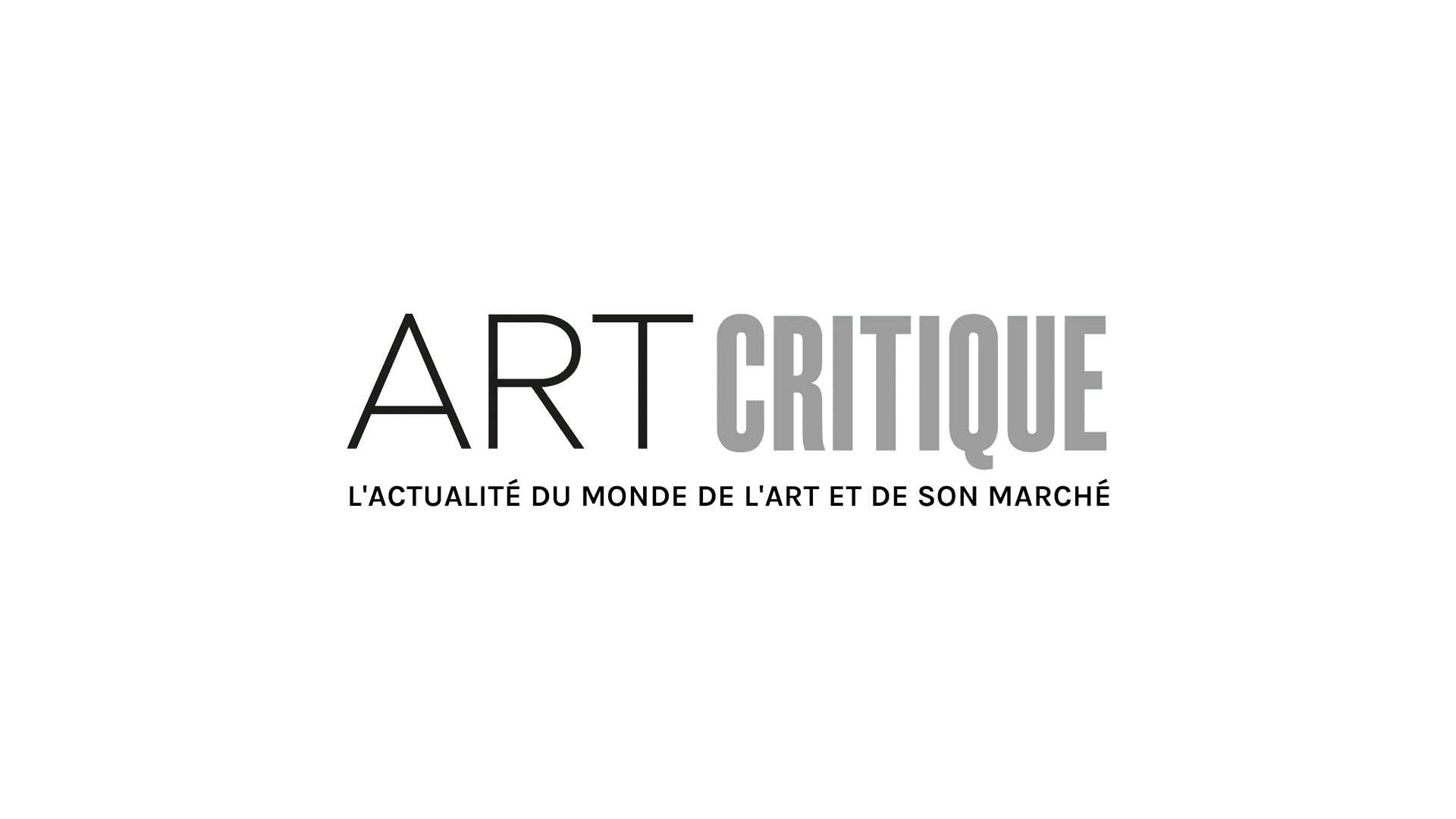‘AI: More Than Human’ takes on a lot. It seeks to explore humanity’s first notions of AI, or what one could maybe call AI, how we developed AI into the force it is today and where we’re going with it. So, what it’s tackling is no small feat. Chock-full of objects, the exhibition quickly bounces from decade to decade, if not century to century, showing the progress we’ve made but it takes it a bit farther back than one might expect.

The exhibition feels more like a science exhibition including one of Alan Turing’s Bombe machines, robotic appendages, a replica of the first steam-powered computer designed by Charles Babbage in 1837, and a robotic android that feels like the lovechild of a Toy Story character and something out of sci-fi movie. There are some artworks scattered about, though I suppose it could depend on who you talk to as to what they consider art. Frankly, the works included that are explicitly art feel somewhat out of place until you take a closer look at them and recognize the ways in which their creators used databases or other forms of programming.
What sets the exhibition apart from others examining similar topics today is its look at the past – but farther back than the turn of the 20th century. Instead, ‘More Than Human’ begins with what they call ‘The Dream of AI.’ In this section, you’re greeted by Hebrew texts discussing the folklore of golem, a clay monster brought to life by magic. Golem is thought to have been created by Judah Loew ben Bezalel in the 1500s and may have influenced proto-AI fears in the minds of Westerners, like Mary Shelley, while in the east, inanimate objects that take on life forms were relatively common. I’m not sure that AI, as we know it today, was the ‘dream’ the exhibition references but it does show how the foundation of mimicking life with inanimate objects was laid.

From there, you’re greeted by a barrage of technological advances that are, at times, nostalgic. From a robotic toy dog to a mechanical arm, an entire installation on AlphaGo – AI that taught itself to play the ancient game of Go, which is based on strategy – to a brightly coloured image, called Brainbow, that turns out to be a snapshot of illuminated neuron trace ‘wires’ in the brain, there’s a little bit of everything.
Then, you enter ‘Endless Evolution,’ the section of the show highlighting was is considered to be the future of AI. There are a number of interactive installations that confront the viewer with the ways that AI, even in seemingly small ways, is always at play around us. Some of these things are not new concepts, like the fact that algorithms can chose what comments to censor or not, but others might surprise you, like programmes created to write human-like content for sources like the Washington Post. The possibilities, as the section’s name implies, really are unlimited it seems.

Light on art, in a heavily traditional sense of the word, the exhibition is nonetheless interesting and informative. You probably won’t feel like you completely grasp the world of AI when you leave, either, but really, will we ever? The exhibition’s closing tone is what sticks. It’s the fact that AI is ever-changing and no matter what, it’s here – the good, bad, confusing, fun, and odd.
‘AI: More Than Human’ is on display at the Barbican Centre from today through August 26th.





